[WARNING: the following contains graphic depictions of pest eradication]
In his 1970s essay entitled "The Great Cricket Invasion of 1927 & 1928," rancher-politician-storyteller Farrington Carpenter (1886-1980) recalled an infestation that devastated northwestern Colorado.
This was a modern-day plague that destroyed one million acres of Colorado crops in 1927 alone. Carpenter called the crickets "the most feared insects in the Rocky Mountain area." They feasted not only on plants but animal flesh, were cannibalistic and females laid about 200 eggs apiece in the ground before dying—thereby ensuring that the following spring's infestation would be worse.
One minor detail: these crickets weren't actually crickets.
The "crickets" were, in truth, large katydids (Anabrus simplex) that had been destroying the dry farming fields of Rio Blanco and Moffat counties since the early 1920s.
Although katydids cannot fly (unlike their grasshopper and cricket cousins), they migrated from Utah to Colorado in search of sustenance. Because of their Utah origins (and the fact that Utah had suffered a similar katydid infestation in 1848), Coloradans took to calling the insects "Mormon Crickets." The insects' trek to Northwestern Colorado took them to areas newly converted for agricultural usage.
Dry farming in Northwestern Colorado had surged during World War I (when food production increases were urged and grain prices were high) and consisted of letting fields lie fallow every other year so that soil retained enough moisture to grow crops. The result: grain, alfalfa and corn fields in a semi-arid region that had never produced much agriculture.
Carpenter wrote about how folks initially fended off swarms of Mormon Crickets:
The only protections against these marauders was noise. Many settlers protected their gardens or small fields by ringing cow bells, sleigh bells; pounding on tin buckets or rattling tin cans on a wire. This would cause an oncoming band to divide and go around the hubbub.
By 1927, Routt County (where Farrington Carpenter resided) was experiencing an influx of Mormon Crickets for the first time in 24 years, and ranchers were "organizing en masse to fight them." The July 6, 1927, issue of the Craig Courier reported:
The first method of killing them that they will use is a straw barricade on which kerosene will be poured and then fired...The whole country side will spend the next 10 days in tireless efforts to save the $50,000 crop which is now in prospect in Breeze Basin.
While the straw and kerosene method did not work, tin fences were found to be an effective barrier. Carpenter recalled:
The County Commissioners of Routt County purchased ten miles of 18 inch rolls of tin. This was set up in the path of the crickets, three inches in the ground and 15 inches above the ground sloping inward.
Two-foot-deep pits were dug every few hundred feet near the inside of the tin fence, and soon these trenches filled with migrating Mormon Crickets—and rattlesnakes, according to Carpenter.
The only time I ever felt sorry for a rattlesnake was when I saw one squirming around in a pit, all covered with crickets who were busy eating it alive.
Once the pits were filled with insects, volunteer teams of men and boys poured gasoline on the pits, set them ablaze and later, removed the ashes. Women, explained Carpenter, "had their own organization which provided [a] 24 hour supply of coffee and sandwiches for the workers."
Carpenter described another weapon that was used in the war on crickets:
...State and Federal Entomologists were sent in and advised a spraying of the depredators with arsenic and ground lime...The spraying was done by pedestrian carried guns and by horseback and auto carried guns...it was not an effective weapon to stop or exterminate crickets before they layed [sic] their eggs for a renewed assult [sic] in the coming year.
The arsenic spray also had dire consequences for other animal life. Carpenter wrote that Livestock Commission firms at the Denver Union Stock Yards were sympathetic to the farmers in northwestern Colorado and sent a boxcar of hungry turkeys to the area. He described the disturbing outcome:
When the goblers [sic] were turned loose on the crickets a mad race began and it looked as though they would eat all the crickets. After half an hour however, the turkeys became sated and many of them got sick from the arsenic spray on the bugs. If they squated [sic] or stood still however, the crickets promptly got on them and began eating them alive. Some of the turkeys were butchered, but the meat was a pink color and tainted with arsenic, so it could not be eaten.
Carpenter believed "the only sure and effective method of extermination was the tin fence and pit way," but the chemical treatments also continued. As a result, the scourge of Mormon Crickets lightened, although Carpenter also attributed that to "thousands of birds that ate them up."
"The real coup de grace, however...was a parasite insect that layed [sic] its eggs inside of the crickett [sic] eggs and destroyed the hatch."
Want to Learn More?
- The Farrington R. Carpenter Family Papers (WH60) contains two folders of material on Mormon Crickets (Please contact WHG staff to view a guide to this newly-processed collection.)
- Visit WHG to view the General Clipping File: INSECTS. MORMON CRICKETS
- View Mormon Cricket newspaper articles on microfilm in WHG and explore other articles online in the Colorado Historic Newspapers Collection

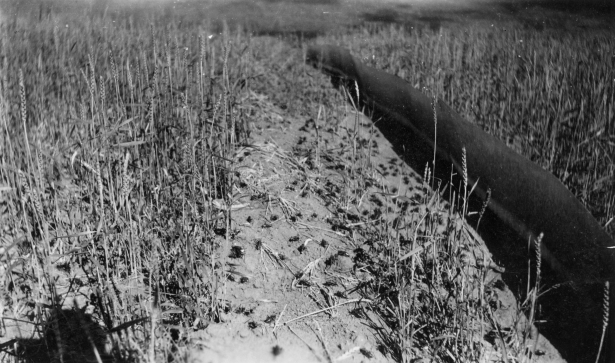
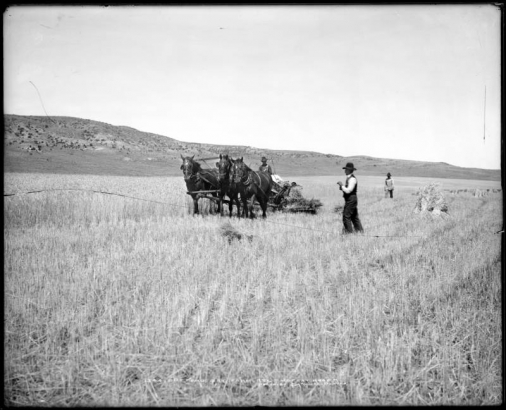
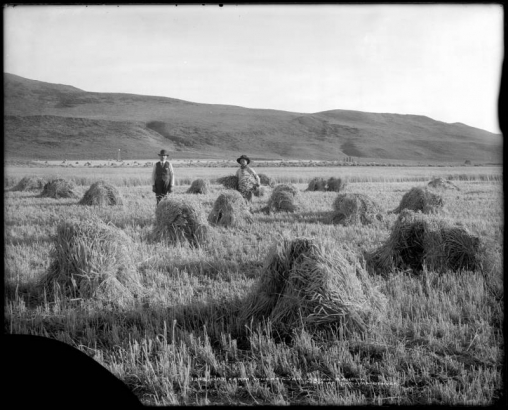


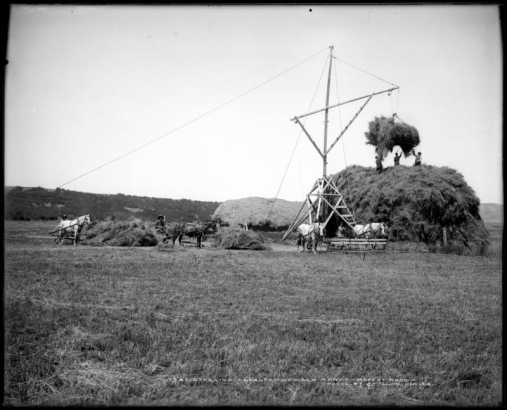
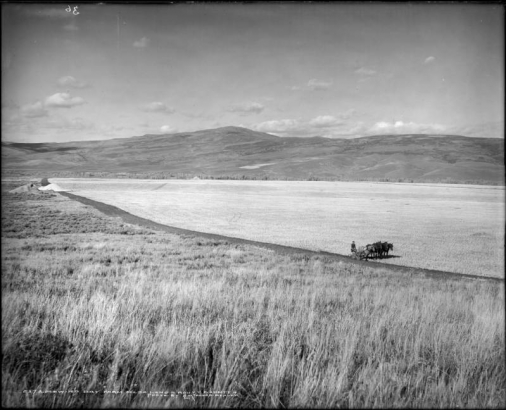
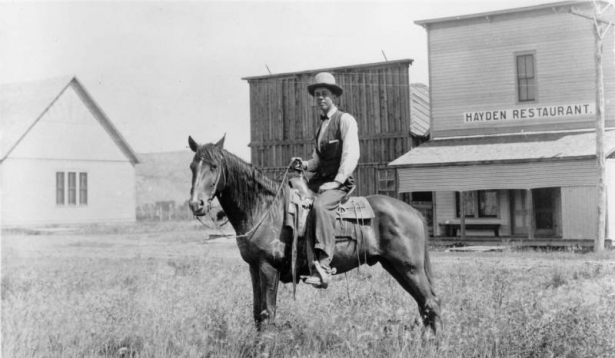
Comments
Never heard about this.
Never heard about this. Thank you
Thanks for reading, Ann!
Thanks for reading, Ann!
This was a fascinating read!
This was a fascinating read! Thank you!
Why, thank you Amanda! Thanks
Why, thank you Amanda! Thanks for reading!
I really enjoyed this!! Dang
I really enjoyed this!! Dang Mormon Crickets!!
Thanks for reading, Anton!
Thanks for reading, Anton!
Thanks for reading, Anton!
Thanks for reading, Anton!
Excellent article
Excellent article
I'm glad you enjoyed it, Ed!
I'm glad you enjoyed it, Ed! Thanks for reading.
Another fine article on
Another fine article on Colorado history Katie! My father was raised in the Steamboat/ Hayden area and told me wonderful stories of Farrington Carpenter. I'll be in touch when the DPL reopens. Again, wonderful piece on an obscure but interesting part of our history.
Add new comment